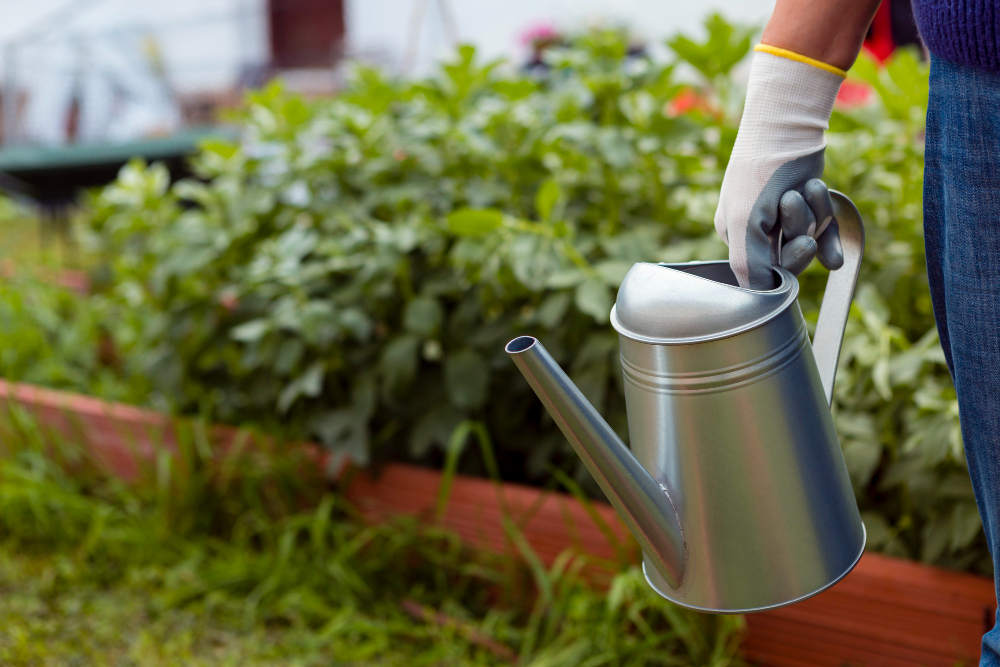Maintaining a lush, green lawn requires more than just mowing and occasional fertilization—it also involves proper watering. But when is the best time to water your lawn? The answer to this question can vary depending on factors like climate, soil type, and grass species. By understanding the optimal watering schedule for your lawn, you can ensure that your grass stays healthy and vibrant throughout the year.
Morning Watering
As the saying goes, the early bird gets the worm—and the same principle applies to watering your lawn. Watering in the early morning, preferably between 6 a.m. and 10 a.m., is widely considered the best time for several reasons. Firstly, morning watering allows the grass to absorb moisture before the heat of the day sets in, reducing the risk of evaporation. Secondly, watering in the morning gives the grass blades time to dry out before evening, which helps prevent fungal diseases like powdery mildew and lawn rust.
Midday Watering Pitfalls
While it may be tempting to water your lawn during the hottest part of the day, midday watering is generally not recommended. The intense heat and sun can cause water to evaporate quickly, resulting in wasted water and ineffective hydration for your lawn. Additionally, watering during midday can increase the risk of sunburn on wet grass blades, further stressing your lawn. To avoid these pitfalls, it’s best to stick to morning or late afternoon watering sessions when the sun’s intensity is less severe.
Late Afternoon Watering
For those unable to water their lawn in the morning, late afternoon is the next best option. Watering between 4 p.m. and 7 p.m. allows the grass to benefit from the cooler temperatures and reduced evaporation rates of the evening while still providing ample time for the grass to dry before nightfall. However, be cautious not to water too late into the evening, as prolonged moisture on the grass overnight can promote the growth of mold and mildew. Aim to finish watering at least a couple of hours before sunset to allow for proper drying time.
Finding the Right Balance
Ultimately, the best time to water your lawn is when the soil needs it most. One way to determine this is by performing the “footprint test”—if you walk across your lawn and the grass doesn’t spring back, it may be time to water. Additionally, monitoring weather conditions, soil moisture levels, and the appearance of your grass can help you fine-tune your watering schedule to ensure optimal hydration without overwatering. Remember, the goal is to strike a balance that keeps your lawn healthy and vibrant without wasting water or risking damage to your grass.
Adapting to Changing Conditions
As the seasons change, so too should your lawn watering schedule. During periods of drought or extreme heat, you may need to increase the frequency and duration of watering sessions to prevent your grass from drying out. Conversely, during cooler months or periods of rainfall, you can scale back on watering to avoid waterlogged soil and potential issues like root rot. By staying attuned to the changing needs of your lawn throughout the year, you can ensure that it remains resilient and thriving in any weather conditions.
Timing Is Key to a Healthy Lawn
When it comes to watering your lawn, timing is everything. By watering in the early morning or late afternoon, you can maximize hydration efficiency while minimizing the risk of evaporation and fungal diseases. Avoid midday watering sessions, as the intense heat and sun can hinder water absorption and stress your lawn. Remember to adapt your watering schedule based on seasonal changes and the specific needs of your grass to ensure that it remains healthy, vibrant, and resilient year-round.


